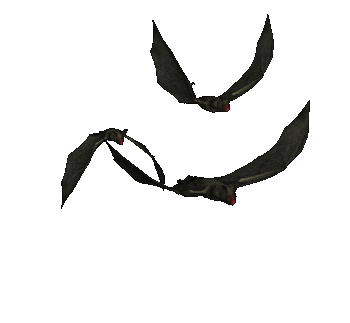Too bad that's not what's happening when you fill a scuba tank from a compressor or another tank. You have no vacuum receiver to start with and you fill it beyond the brief moment of expansion. You fill it all the way up to about 1500psi (assuming the donor is an AL80 at 3000psi)
It is what's happening if you start with a vacuum empty receiving tank. I've done that with an oxygen tank fill and the expanding oxygen still gets hot. If you start with a tank of residual room temp air, then you have to add in the heat from the residual air that is compressed. I don't disagree with anyone that wants to say that residual air gets compressed and that makes it hot. I agree with that, but it's just some additional heat that gets added in. It doesn't explain why the expanding gas from the donor tank also gets hot.
---------- Post added February 27th, 2013 at 09:53 AM ----------
All of this marginalia aside, let's get back to the original question:
Q: "Why do tanks get hot when you fill them from higher pressure tanks?"
A: "Because the gas in that tank has been compressed*, and the simple, immutable laws of physics tell us that when a gas is compressed its temperature rises."
If the receiving tank started out empty, there is no gas to be compressed. If the receiving tank gets its gas from the full tank, then according to your argument, shouldn't that gas have gotten colder due to expansion before getting hotter due to compression? By your logic, shouldn't the fact that it expanded first more than it was compressed second mean that it should end up colder, not hotter? Edit:For those interested, that's the answer to question #5 below - extracting energy causes the gas expanding into the second tank to cool.)
OK, I said I'd leave once I was sure I knew the answer. It's not fair to stay here and challenge the viewpoints of others. That wasn't my purpose. I did want to see if I could figure it out, and I think I have. The most thoughtful posts here pointed me to some good links. I'd read many Wikipedia links on gas thermodynamics, but the one on energy storage in compressed air was particularly interesting and dovetailed nicely with my understanding. Gas in two tanks at half the pressure has less air pressure energy stored because, as the Joule expansion article explains, the Joule expansion process results in increasing entropy and as others have posted, when it comes to entropy, you can't win and you can't break even.
Those who think that gas expanding from one tank to two is somehow being compressed are just fooling themselves, but that's their right and it's not my job to convince them. I would like to have seen some decent arguments in favor of or against my understanding of the process. I almost left once, but by staying, I got the link to the article on energy storage in compressed air, and that article helped me put the whole process into perspective.
I'll check back occasionally (I know -- don't bother) but I would like to see a decent attack on the physics of the process as I outlined it from someone who understands this (if I'm wrong), or a recognition from that person that I did understand it correctly. To be credible, such an attack would have to answer the four questions I asked early on (relating to two tanks of equal volume, the receiving tank being vacuum empty, the donor tank being at high pressure and the gas being ruled by ideal gas laws, with no energy added or subtracted except by the optional pneumatic motor/generator in a whip line):
1) Did it take energy to compress the gas into the donor tank?
2) Could we get some of that energy back by putting a pneumatic motor/generator in the whip line between the tanks and driving the generator by the pressure differential during the fill?
3) Would the recipient tank and donor tank equalize pressure regardless of whether we put a pneumatic motor/generator in the whip line?
4) What happens to the energy we could have extracted from the gas with the pneumatic motor/generator if we don't put the pneumatic motor/generator in the whip line?
They would have to explain why Doppler's answers to those simple questions are wrong. They might also like to answer these:
5) What would happen to the temperature of the gas in the receiving tank if we do extract energy by putting a pneumatic motor/generator in the whip line?
6) What would happen to the temperature of the gas in the receiving tank if we don't extract energy by putting a pneumatic motor/generator in the whip line?
As far as I can tell the answers to those questions lead inexorably to the conclusion I reached. It's odd to find myself alone on this (or mostly alone), but so be it. The physics is what it is.
Good luck to all, and dive safe out there - even those who disagree with me





